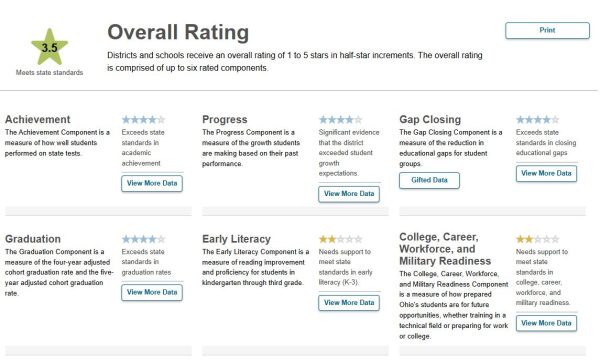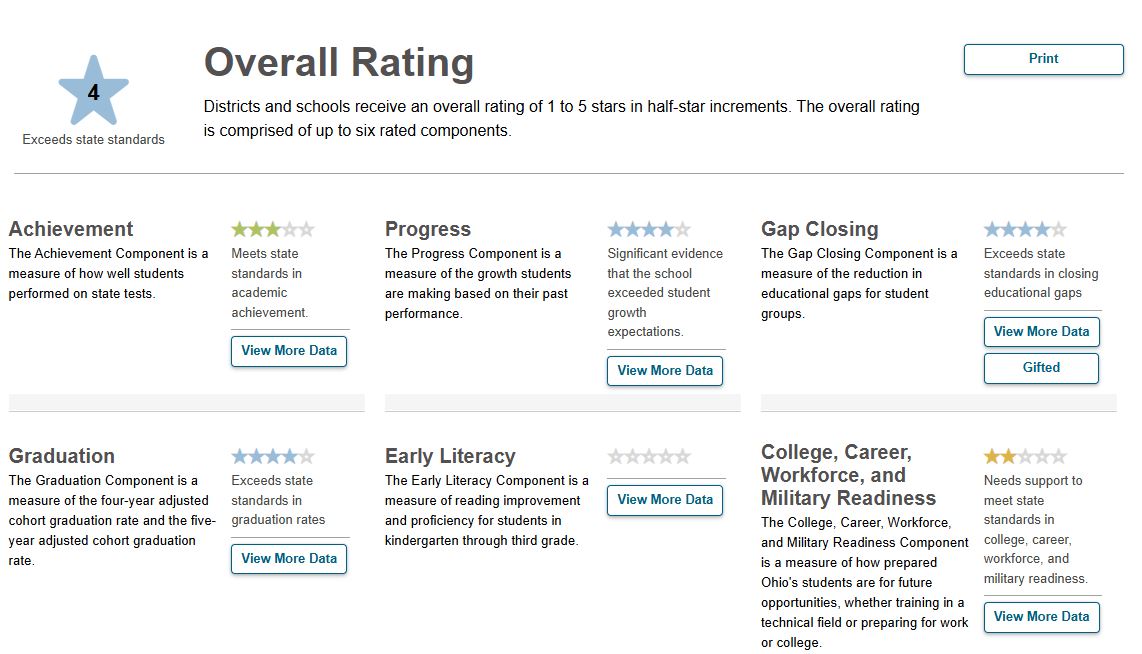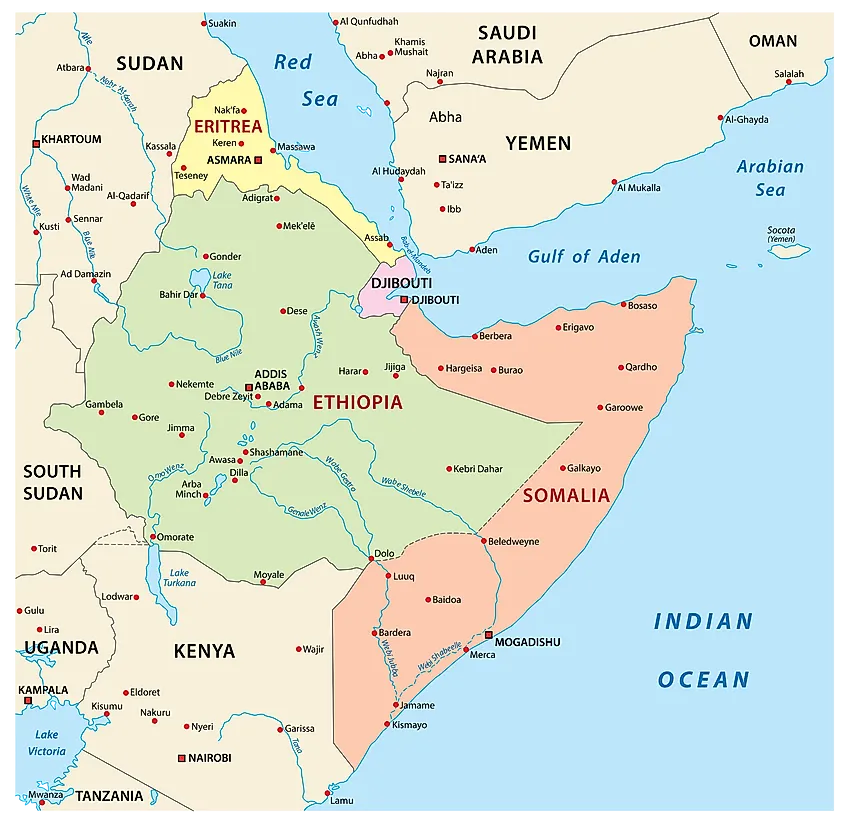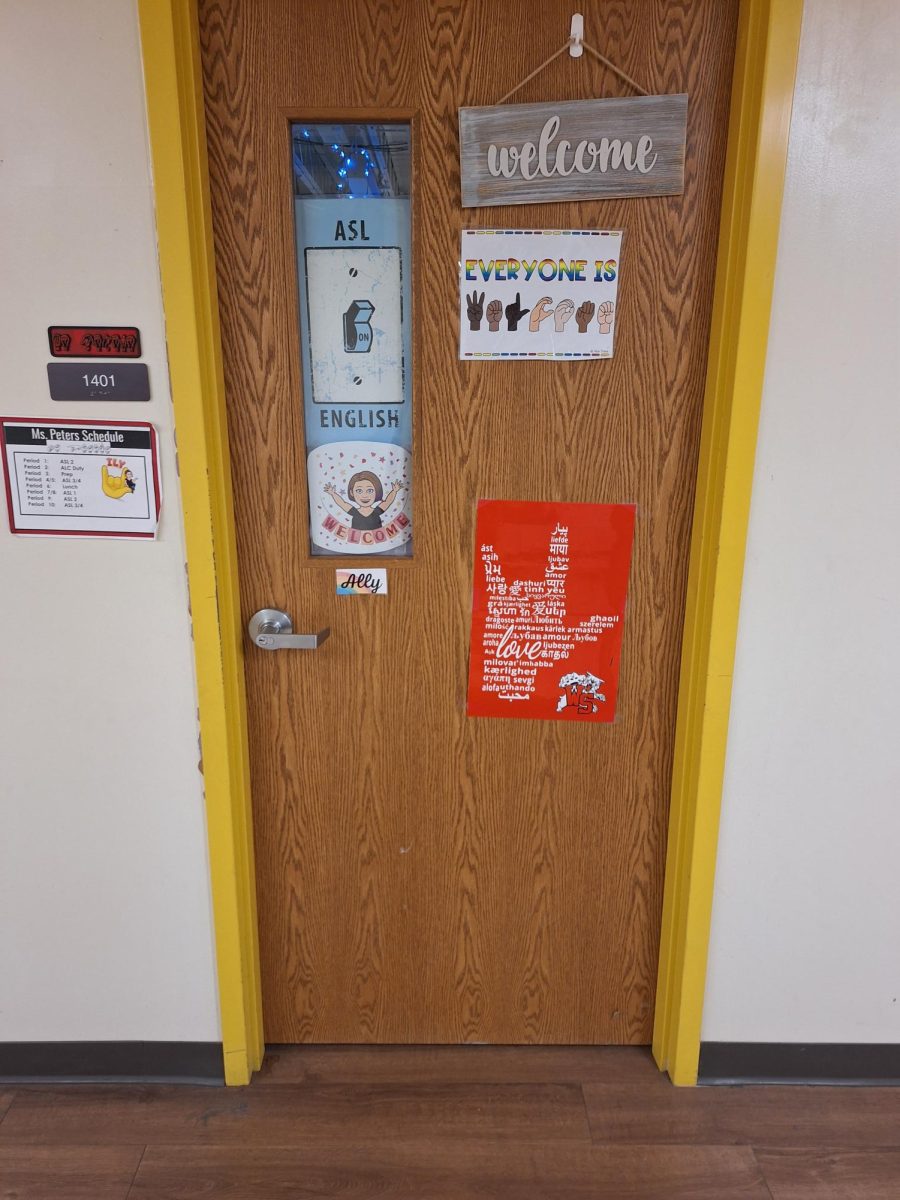The ultimate goal of high school is to prepare students for the trials and tribulations of adulthood, and to help them find a way to achieve their goals. The Ohio school state report cards were released on Monday, Sept. 15, and Westerville South performed better than other schools in the district, with a 4, while North, Central and the district as a whole got scores of 3.5.

However, the biggest area in need of improvement is the College, Career, Workforce, and Military Readiness, which is “a measure of how prepared Ohio’s students are for future opportunities, whether training in a technical field or preparing for work or college.”
South scored a 2 in this category, which signifies that the school “Needs support to meet state standards in college, career, workforce, and military readiness.”
Principal Michael Hinze spoke about plans for the school to improve that score, and he said that the school especially wants to focus on creating “lanes for everyone,” whether one takes AP or IB or Honors classes, or if someone chooses to focus on the career center.
Hinze wants to create opportunities for every student here, no matter what they want to do. Hinze also said that there are plans in the works for bringing opportunities here to South, like apprenticeships and other partnerships with local businesses as sometimes it’s difficult for students to leave the building for the career center and other activities.
Hinze said, “I’m glad [the report card] is there because it gives us something to work on.” Hinze emphasized how the goal is less about worrying over test scores and more about funneling students into where they perform best and where they feel the best.
Essentially, Hinze wants students to pursue the path where they perform their best. He is working with the administration to try and connect South with businesses and other groups that can facilitate growth and harness student potential to prepare them for the future, whatever it is they want to do.
Chief Academic Officer Mark Cooper, on the subject of the new measure, brought up some concerns he held on how the score was taken. Essentially, there are issues on how students are “counted” as going toward the CCWMR score.
Westerville schools, and specifically South due to the presence of the IB program, have more options open and available to students.
“It feels like I’m [ready for college], considering that we have so many [different classes], and how IB does a lot about writing and themes, which is helpful,” junior Liezle Heath, who is preparing to go into the art field, said.
Junior Manny Mariscal said, “I feel that all the opportunities South offers specifically for me the IB program and theater, are very helpful to me as they really expose me to the kind of ideas across different areas… and it’s really prepared me for when I prepare for my future and for going to college, and they’ve been really helpful to me.”
While having CCP, AP, and IB classes is obviously a net boon to the school because it gives all kinds of students different pathways, Cooper explained some of the issue with how the scores are measured, saying, “Where [having varied courses] actually “hurts” us on this CCWMR measure is for a student to “count” for this measure they have to meet very specific criteria, such as earning 12 college credits or qualifying scores on 3 or more AP or IB exams. As we reviewed students who didn’t “count” in this measure, a common scenario we have found is that they generally have a GPA above 3.0 and have taken a combination of AP classes and CCP courses but not enough AP only or CCP only to meet the benchmark.”
He added that the district is working on addressing the faults in the system. Hopefully, once the organizational system is resolved, scores will be much more clear, organized, and helpful for everyone.









